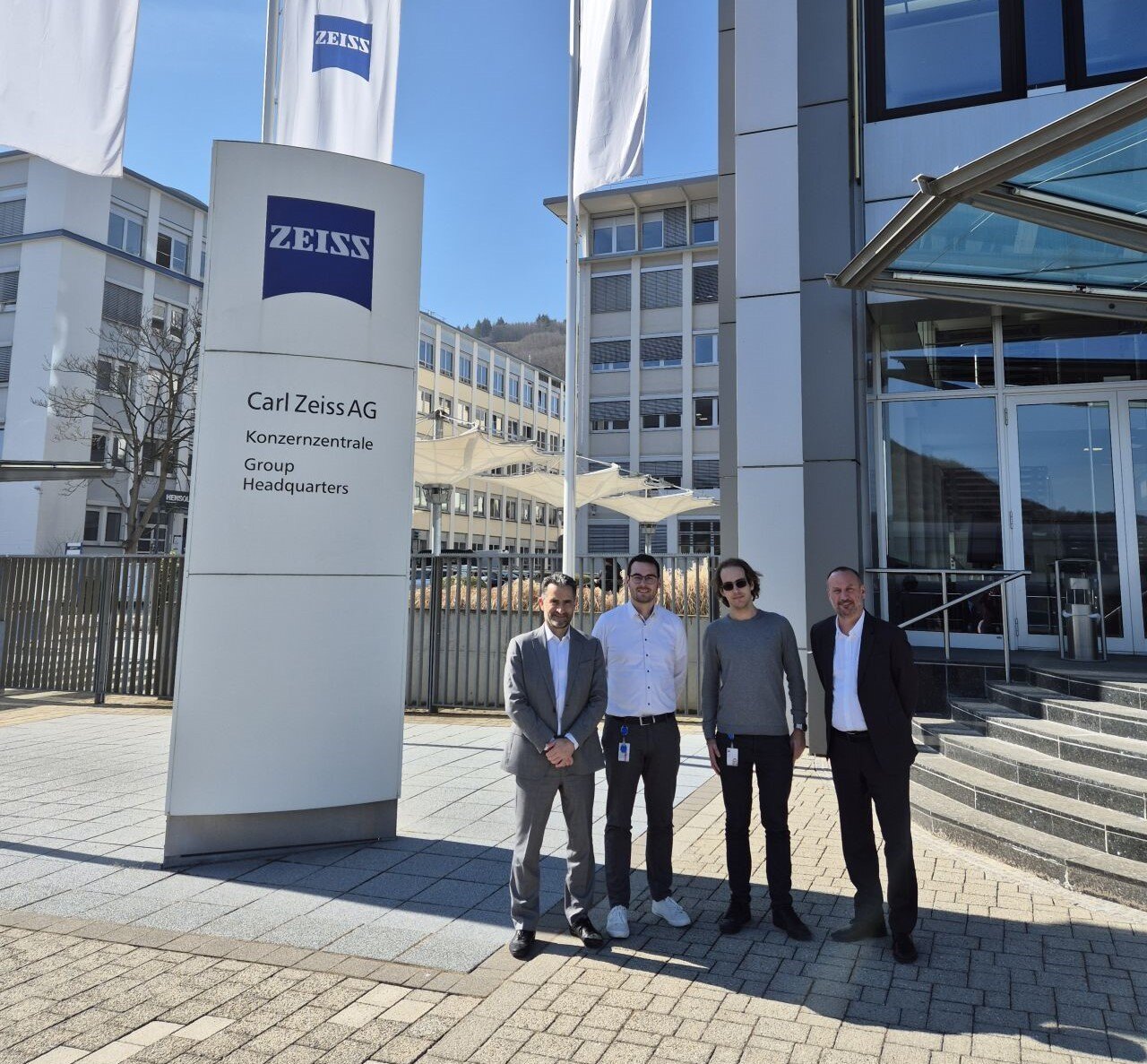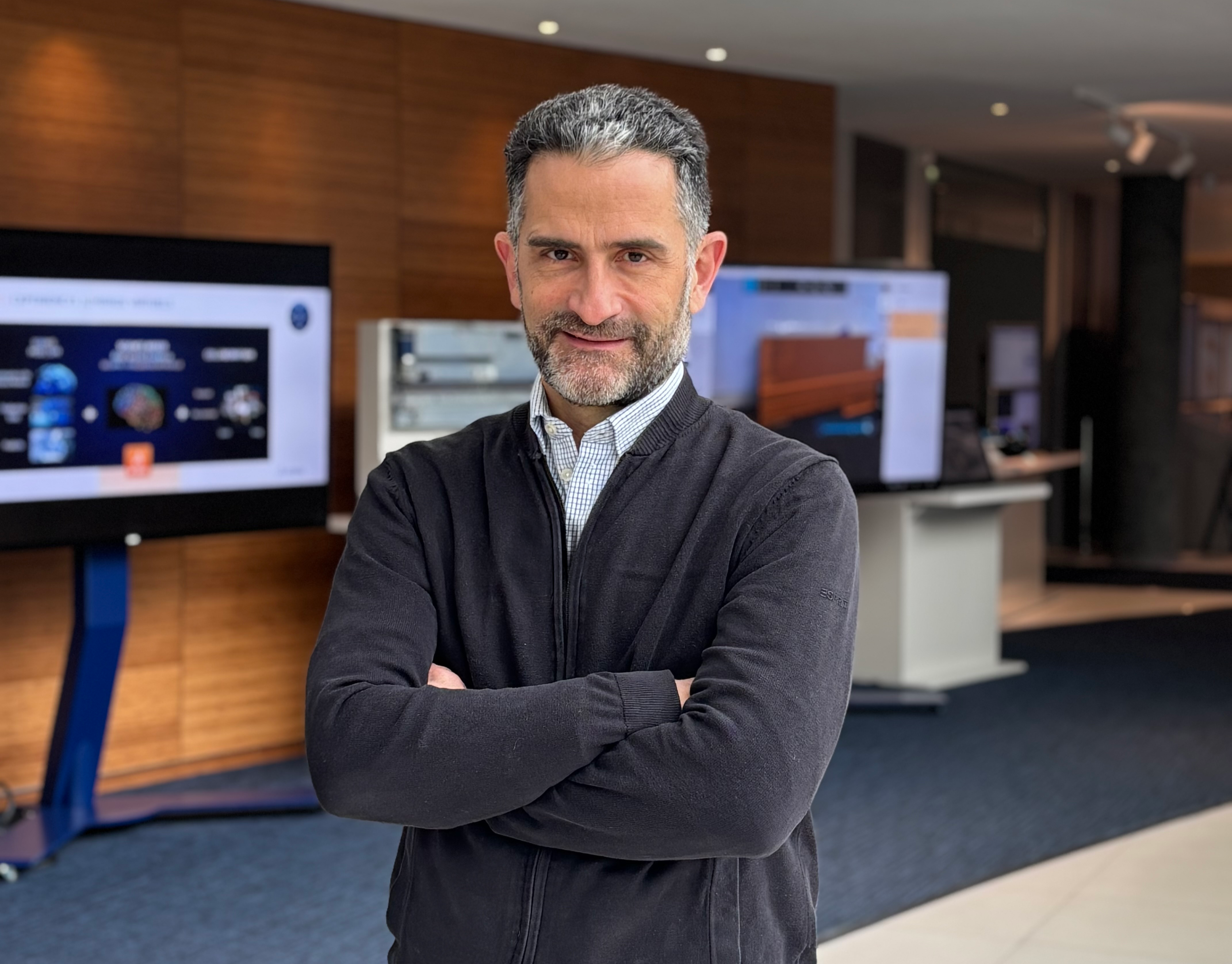Strategic Sales at Spatial – Driving Value Through Partnership & Expertise
- Introduction
- Working with New Prospects
- Supporting Existing Clients
- Understanding Customer Challenges
- Building Strategic Partnerships
- Being a Trusted Advisor
- Maximizing the Business Value of SDKs
- Closing & Takeaways
- About Spatial
Introduction
- Can you briefly introduce yourself—your role at Spatial and your background in tech or sales?
Since the early 90’s I have used 3D-CAD software, first during my Industrial Design studies at university, then as a user in my day-to-day work in Design and in Architecture firms. In my former Company (a leader in the Geospatial industry) I held different roles, always related to 3D Software: Scanning Services, Customer Support, Direct Sales, Distribution Sales. I just passed the mark of four years (time flies!) that I have been working in Spatial as Client Executive for EMEA.
- What makes working in the SDK and 3D software industry exciting to you?
An SDK is a powerful tool to accelerate the development of a complex application. I am always fascinated on how our customers can use the same SDKs and yet generate so many different engineering applications in different industries.
- How would you describe your approach to strategic account management at Spatial?
Our customers rely on Spatial to be their trusted advisor regarding our technology. It is important to be humble and listen carefully to the specific needs of their industry. The key lies in strong communication and building genuine relationships. It allows the collaboration to be effective and the success of the project.
Working with New Prospects
- When you first meet with a new prospect, how do you approach understanding their goals, challenges, and development context?
I start by asking questions, listening carefully, and continuing the exchange to refine my understanding. Reformulating their answers also helps clarify their pain points. It’s essential to understand where the prospect stands today, what’s causing pain or inefficiencies. I also like to challenge them: where do they want to be in a few years? What’s missing to get there? Most importantly, are they open to changing the status quo?
- What kind of companies or use cases do you see benefiting the most from a partnership with Spatial?
The typical profile is a company that is growing or that is seeking a shift in their software development, looking for a fast and proven way to achieve something without having to reinvent the wheel and diverting their teams from what they do best Spatial may provide software components at any stage of their workflow, as well as ready-to-use development frameworks to build a new software in a reduced time period.
Supporting Existing Clients
- Once a company becomes a Spatial customer, how do you ensure their continued satisfaction and growth?
I work in tandem with a Technical Account Manager who is in regular contact with the customer’s development team and look after their success. On my side, I regularly connect with product managers, R&D teams, CTOs, and CEOs to stay aligned on the business objectives and ensure broader success across the organization.
- How do you help existing clients adopt new Spatial solutions or explore additional workflows?
We proactively engage with clients to understand their evolving goals and uncover friction points in their workflows. From there our expert teams identify where Spatial’s solutions can unlock new capabilities, whether they accelerate development or improve performance so they can focus on innovation instead of infrastructure. Some customers relay on Spatial services to help them make the most of our technologies and at the same time transfer knowledge to their development teams.
- Can you share a recent example of helping a client expand their capabilities or overcome a major development roadblock?
There are many case studies showcasing our collaboration with our customers in our website, but I can think of one that is not yet documented. Our customer’s software has been in the market for many years and most of its functionalities have evolved in time to become a market reference. However, their first graphical engine was OpenGL and was never updated from version 1.0. To improve its performance, they were hesitating between updating to a more recent OpenGL version or replacing it with Hoops Visualize, a robust SDK that Spatial can provide. They did a straightforward choice and implemented Hoops Visualize that has been easily integrated into the existing workflow composed by 3D ACIS Modeler and 3D InterOp SDKs…

Alfredo visiting our partner Carl Zeiss in their headquarters in Oberkochen.
Understanding Customer Challenges
- How do you identify and align with your clients’ business and technical challenges?
We meet as often as possible; we exchange ideas and views, both in the technical and in the business topics. To enhance their horizon, we also provide updates on our latest releases, new products as well as a view on our product roadmaps.
- What’s the key to balancing strategic vision with practical implementation in your conversations?
The answer is in the question itself; it is important to balance the long-term strategic vision with the short term and implementation. Focusing only on the former may end up in utopic or impractical projects; doing only the latter may work, but should be one step that is part of a longer-term plan.
Building Strategic Partnerships
- What does it take to evolve a customer relationship into a strategic partnership?
It is based on good communication and shared trust. My sales role enables me to gain insights into many different companies and have meaningful conversations with their employees to truly understand how their company works and how Spatial can help in their development.
- How do you make sure Spatial is not just a vendor, but a long-term collaborator for your clients?
Knowing what they are planning to achieve in the future, combined with what we have as latest innovations, we are able to share a common view of the future. This alignment, reinforced through day-to-day collaboration across our teams, builds long-term trust and partnership.
- Do you have an example of a customer success story that really highlights this kind of collaboration?
We are currently working on a new product that will focus in one very important step in the workflow of our metrology and robotics customers. We are currently exchanging ideas, use cases and requirements with them in order to make the product a very good fit from its first release.
Being a Trusted Advisor
- How do you stay close to evolving customer needs and ensure Spatial remains relevant to them over time?
There are common traits in the business, like the difficulty to hire skilled people, the hype of AI nowadays or the diversity in cloud applications. When I meet with prospects and customers, I try to learn from them as much as possible in these topics. Then, I share that knowledge with others, even across different industries, to help everyone benefit from what’s happening on the ground.
- What role do roadmaps and forward planning play in your discussions with clients?
They’re a great tool to align on shared goals and long-term vision. Roadmaps help us exchange ideas and understand where each of us is headed, building clarity and confidence in our collaboration.
- How do you support clients in adopting innovation and driving long-term impact?
With many customers, Spatial has a relationship that spans over twenty years or more. Their initial product release as well as our components used at that time, are very different from what they are today. In part is the long-term collaboration that makes this evolution and constant improvement happen on both sides.
Maximizing the Business Value of SDKs
- How do you explain the business benefits of SDK integration to different types of stakeholders—from engineers to executives?
Each level in the organization has its own concerns and goals. It’s essential to tailor the message accordingly and reassure everyone involved that they’re making a sound decision. Whether it’s reducing development time, improving quality, ensuring resource availability throughout the project, or cutting costs these are common concerns we address with our customers.
- What are the most common integration challenges companies face, and how do you guide them through those?
One of the challenges that we face is when the customer wants to change one process or one component, but would like to have the same output or outcome, to avoid regressions on the end user side. Another challenge is when they only share a small part of the workflow and explain to us what they think would be a good way to solve this part of the problem. In both cases, looking at the complete workflow helps in understanding the “why” and looking at a better “how” to do things differently and get the expected or even a better outcome.
- Why do companies choose Spatial when time-to-market, performance, and scalability are on the line?
That’s the beauty of using SDKs. The SDKs enable a faster go-to market of a solution, scalability and maintainability. Our customer’s team can then concentrate on what they know best and what makes them different or unique in the market.
Closing & Takeaways
- What’s the most fulfilling part of your role at Spatial?
Besides liking the challenge of the technical complexity of our components and our customer businesses, I’m always amazed when I’m in contact with our different customers and teams, they are always very respectful and open-minded to each other's cultural differences and happy to share their thoughts.
- If you had one piece of advice for someone exploring Spatial or SDK adoption, what would it be?
By all means get in contact with us and let’s have an open conversation on what you want to change or improve.
- How can interested companies connect with you to start a conversation?
They can contact me via email (alfredo.lorenzo@3ds.com) or connecting with me via LinkedIn.
About Spatial Corp
Spatial Corp, a Dassault Systèmes subsidiary, is the leading provider of 3D software development toolkits for technical applications across a broad range of industries. Spatial 3D modeling, 3D visualization, and CAD translation software development toolkits help application developers deliver market-leading products, maintain focus on core competencies, and reduce time-to-market. For over 35 years, Spatial’s 3D software development toolkits have been adopted by many of the world’s most recognized software developers, manufacturers, research institutes, and universities. Headquartered in Broomfield, Colorado, Spatial has offices in the USA, France, Germany, Japan, China, and the United Kingdom. For more information on Spatial’s latest updates and product offerings, please visit www.spatial.com.




